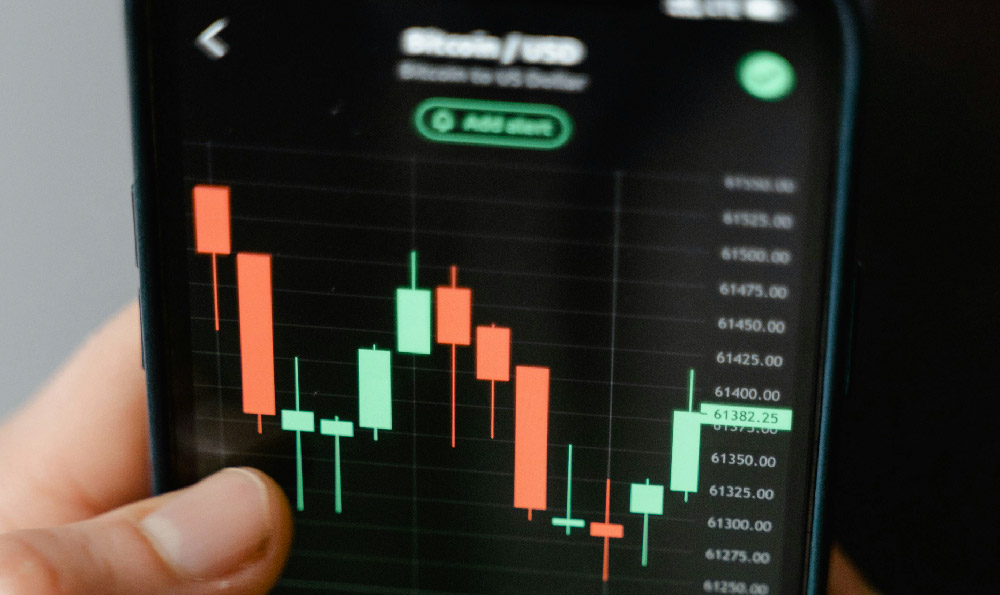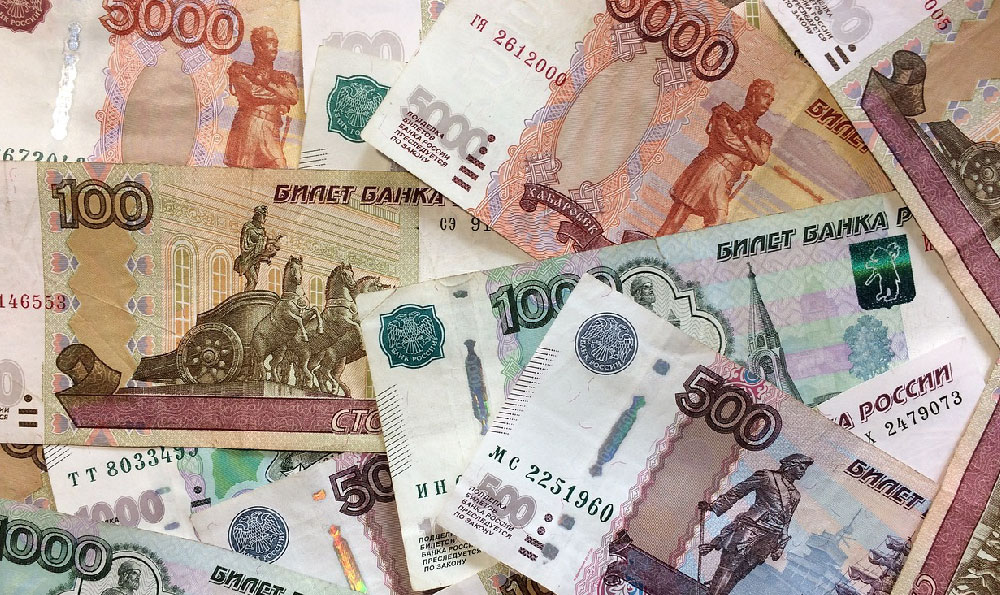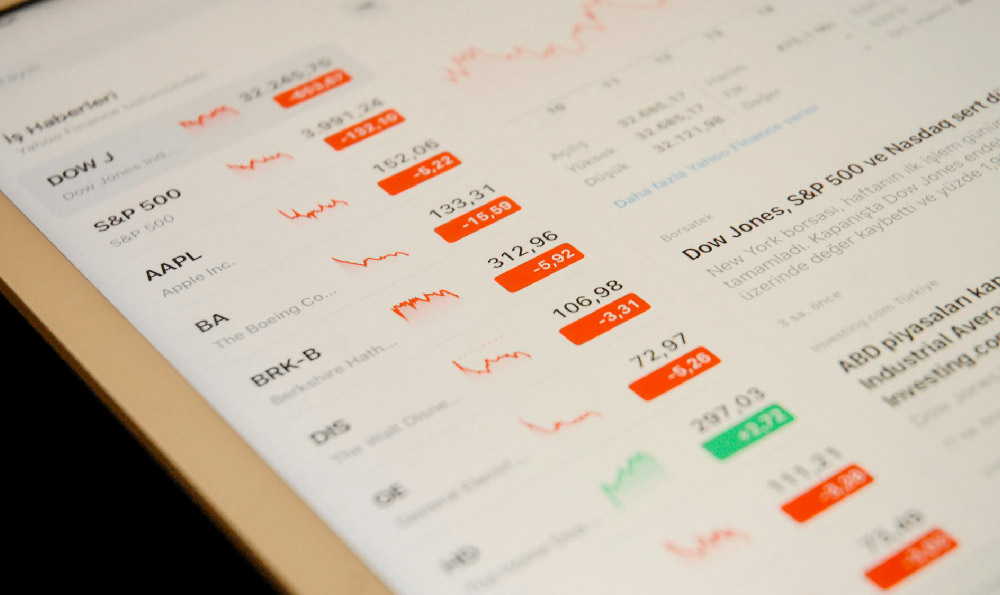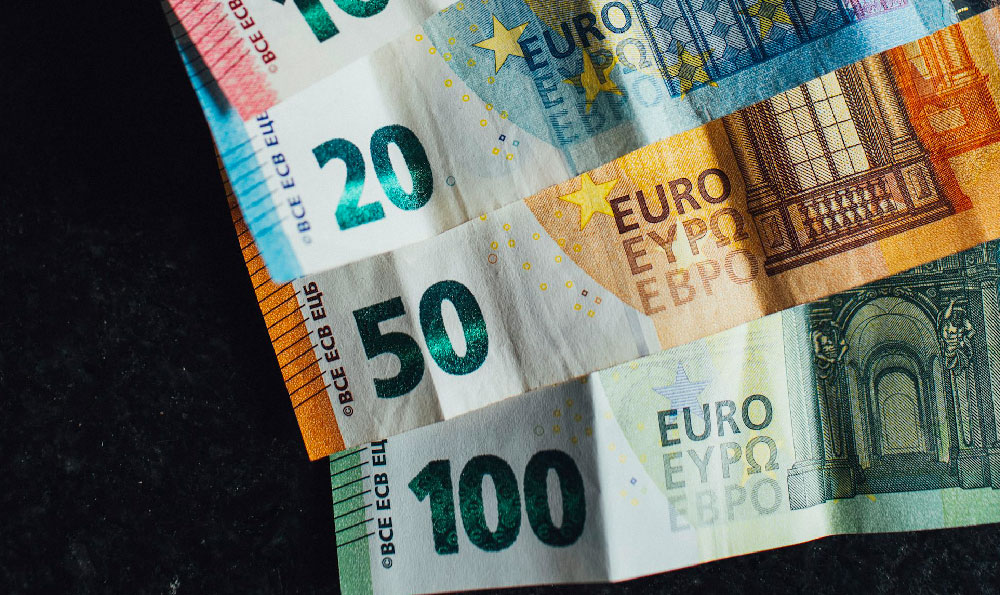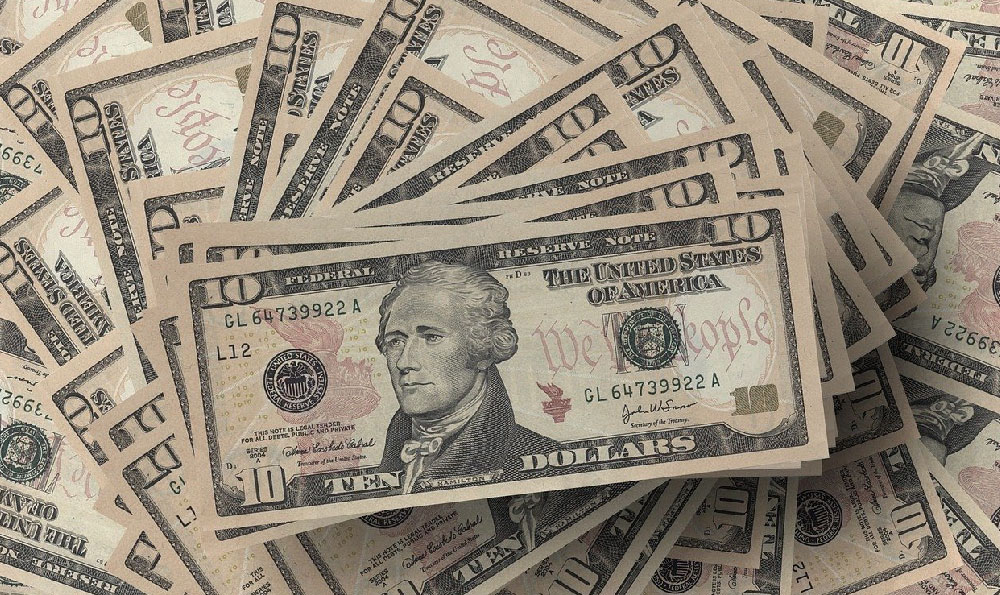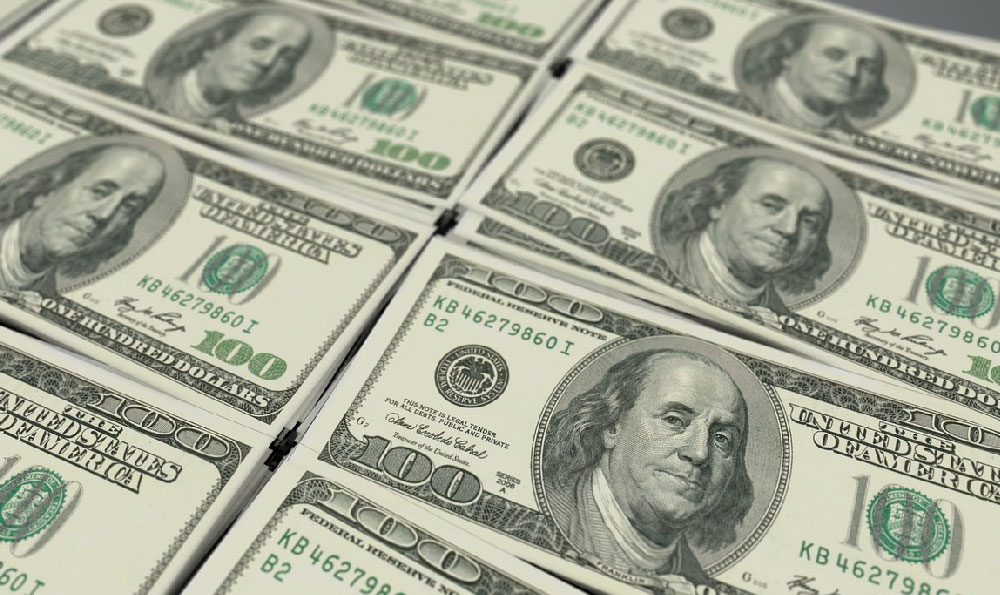How Much Money Did Barbie Make, and Was It Enough?

Alright, let's dissect the financial success of the Barbie movie and assess whether its performance truly qualifies as "enough." We'll go beyond the initial box office numbers and delve into production costs, marketing spend, and long-term revenue streams to paint a complete picture.
The Barbie movie, a vibrant and often subversive take on the iconic doll, undeniably achieved phenomenal box office success. Initial reports suggest it grossed well over a billion dollars globally, placing it amongst the highest-grossing films of the year, and even of all time for Warner Bros. Pictures. This is a monumental figure, a headline-grabbing statistic that would make any studio executive ecstatic. But box office revenue isn't the complete story.
To understand profitability, we need to consider the "negative cost" – the expenses directly related to producing the film. This includes everything from paying the actors (Margot Robbie and Ryan Gosling weren't cheap!), the director, the writers, the crew, the cost of the sets and costumes (and let's be honest, Barbie's Dreamhouse required significant investment!), visual effects, and the music licensing. While the exact figure remains confidential, industry estimates place the production budget around $145 million.
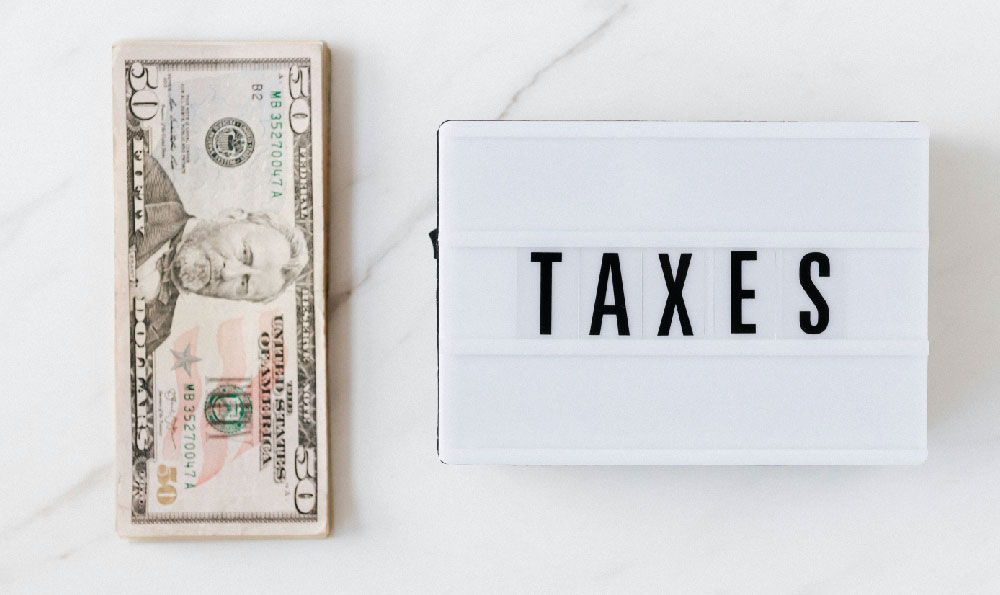
Then comes the marketing and distribution spend. A film of this scale doesn't simply appear in theaters. Warner Bros. orchestrated a global marketing blitz that was almost as pink as Barbie's convertible. We saw advertisements on television, online, in print, and even clever partnerships with brands like Airbnb, Xbox, and Burger King. This pervasive marketing campaign likely cost another $150 million, if not more. So, before the studio even sees a cent of the box office revenue, they've already invested approximately $300 million.
Here's where it gets a bit more complex. The reported box office gross of over a billion dollars isn't entirely for Warner Bros. Theaters keep a significant percentage of ticket sales, especially during the opening weeks. The exact split varies depending on the theater chain and the region, but generally, the studio receives around 50% of the domestic box office revenue and closer to 40% internationally. This means Warner Bros. likely took home somewhere between $400-500 million from the theatrical release alone.
Based on these figures, the Barbie movie already generated a substantial profit for Warner Bros. But the revenue streams don't stop at the cinema doors.
Consider home entertainment. The film will be available for purchase and rental on digital platforms like iTunes, Amazon Prime Video, and Google Play. Physical copies, like Blu-rays and DVDs, will also be sold. These sales contribute significantly to the overall revenue.
Next, there are television rights. After a period of exclusive availability on digital platforms, the film will eventually be licensed to television networks and streaming services. This provides another substantial influx of revenue.
Merchandising also plays a crucial role. The success of the film has driven increased sales of Barbie dolls, clothing, and other related merchandise. While Warner Bros. likely doesn't receive the entirety of these profits (Mattel, the owner of the Barbie brand, would be the primary beneficiary), they likely negotiated a percentage of the merchandising revenue as part of the film deal.
Finally, there's the potential for sequels and spin-offs. The Barbie movie's success has undoubtedly piqued Warner Bros.'s interest in expanding the franchise. Sequels, prequels, or even spin-off films focusing on other characters could generate significant revenue in the future.
So, was it enough? Absolutely. While the exact profit margins are difficult to ascertain without access to Warner Bros.'s internal financial statements, the Barbie movie has clearly been a massive success. It not only recouped its production and marketing costs but generated a substantial profit, and positioned itself for long-term revenue streams through home entertainment, television rights, merchandising, and potential future installments.
However, "enough" is a subjective term. From a purely financial perspective, the film exceeded expectations and provided a significant return on investment for Warner Bros. It revitalized the Barbie brand and demonstrated the power of a well-executed, culturally relevant film.
But from a cultural perspective, the film did more than just make money. It sparked conversations about feminism, societal expectations, and the complexities of womanhood. It challenged stereotypes and offered a nuanced portrayal of a character that has been both celebrated and criticized for decades. In that sense, the film's impact extends far beyond its financial success.
Ultimately, judging whether the Barbie movie's success was "enough" depends on your definition of success. If you're looking at pure profit, then the answer is a resounding yes. But if you're considering the film's cultural impact and its ability to spark meaningful conversations, then the answer is an even more emphatic yes. It was a financial triumph and a cultural phenomenon, a rare combination that makes it a truly remarkable achievement in modern cinema.
